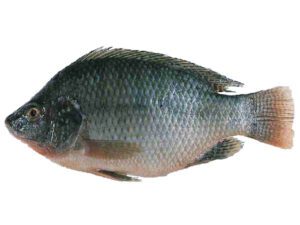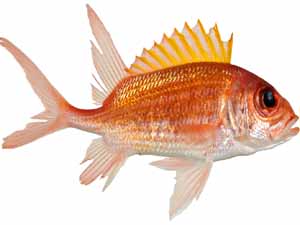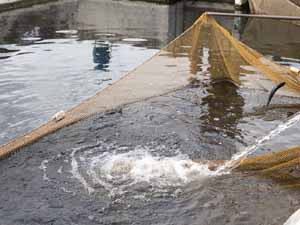Do you love fishing and want to know more about rui fishing? If yes, then you are in the right place. Here in this detailed guide, we are going to discuss more about rui fishing that will help you both new and experienced anglers.
Rui fishing actually offers a unique and rewarding experience for anglers of all levels. With the right equipment, techniques, and a respect for nature, you can enjoy the art and joy of Rui fishing while contributing to the sustainability of fish populations.
Remember to always prioritize conservation and ethical practices, ensuring the longevity of this ancient pastime for future generations. So, gather your gear, explore new fishing spots, and immerse yourself in the captivating world of Rui fishing.
Actually, fishing is an age-old activity that brings people closer to nature and allows them to disconnect from the hectic pace of modern life. Among the many techniques used by fishing enthusiasts, one that stands out is Rui fishing.
Rui fishing, also known as bottom fishing, is a fascinating and rewarding method that has captured the hearts of anglers worldwide.
Now we are going to delve into the art and joy of Rui fishing, exploring its origins, equipment, techniques, and tips to help both beginners and experienced anglers master this captivating pursuit.
The Origins and Evolution of Rui Fishing
Rui fishing has a rich history that dates back centuries. Originating in ancient China, this method was initially used for subsistence fishing and gradually evolved into a popular recreational activity.
Rui fish, which refers to the bottom-dwelling fish species primarily targeted during this technique, can vary depending on the geographical location. Common examples include catfish, carp, and other bottom-feeding fish.

Over time, Rui fishing techniques have advanced significantly, incorporating modern equipment and technology. From traditional bamboo rods to sophisticated fishing reels and electronic fish finders, anglers have adapted their methods to enhance their chances of success.
However, the core principles of Rui fishing, such as bait selection and presentation, remain rooted in tradition.
Essential Equipment for Rui Fishing
To embark on a successful Rui fishing adventure, having the right equipment is crucial. Here are some essentials every angler should consider:

1. Fishing Rod
A medium to heavy power spinning rod or a baitcasting rod is recommended for Rui fishing. These rods provide the strength and sensitivity needed to handle larger bottom-dwelling fish.
2. Fishing Reel
Opt for a reel that matches the rod, considering factors such as line capacity and gear ratio. Baitcasting reels offer more control and accuracy, while spinning reels are easier to use for beginners.
3. Fishing Line
A strong and durable fishing line with a high pound-test rating is necessary to handle the weight and resistance of bottom-dwelling fish.
4. Terminal Tackle
This includes hooks, sinkers, swivels, and leaders. Use appropriate hook sizes and weights based on the target fish species.
5. Bait and Lures
Rui fish are attracted to a variety of baits, such as worms, cut bait, and specially designed soft plastic lures. Experiment with different options to determine the most effective bait for your specific fishing location.






